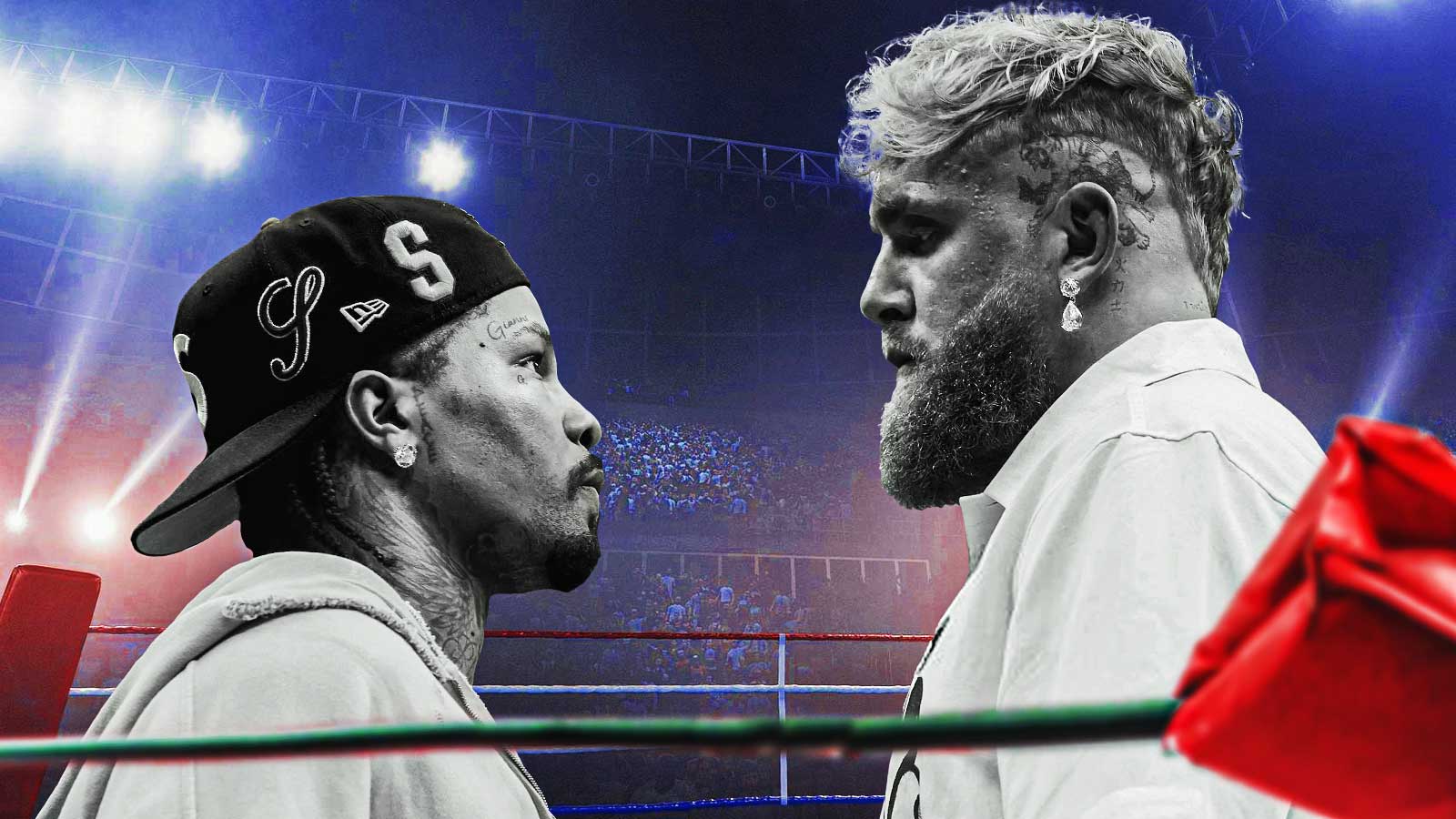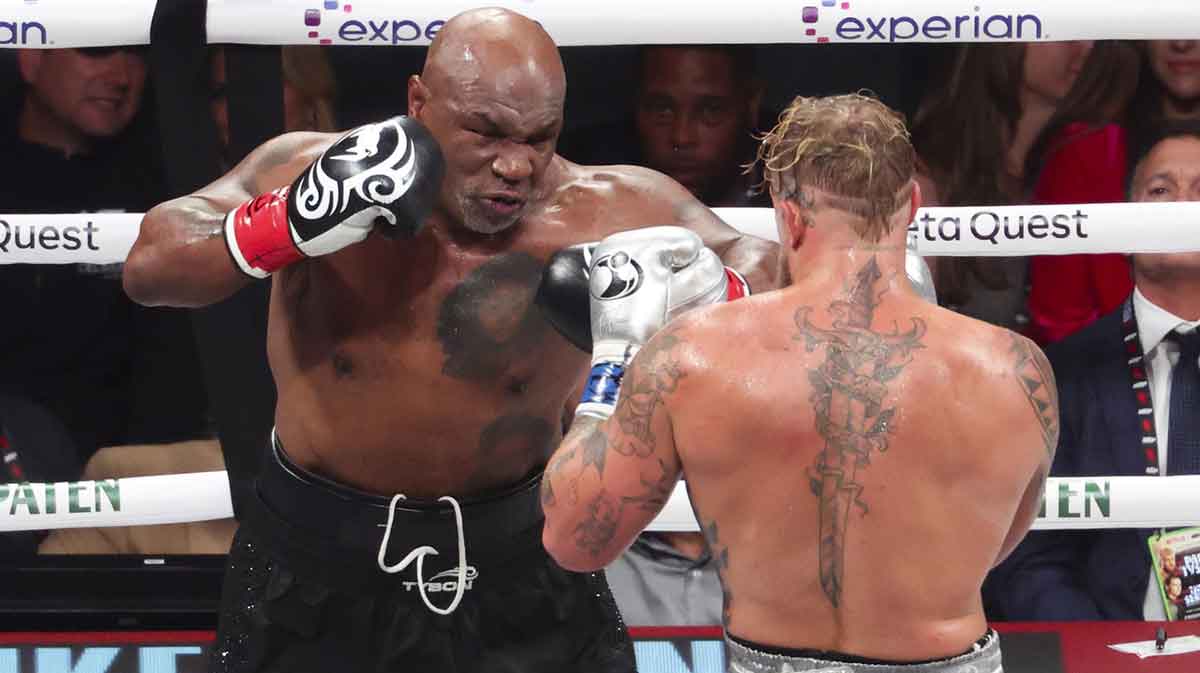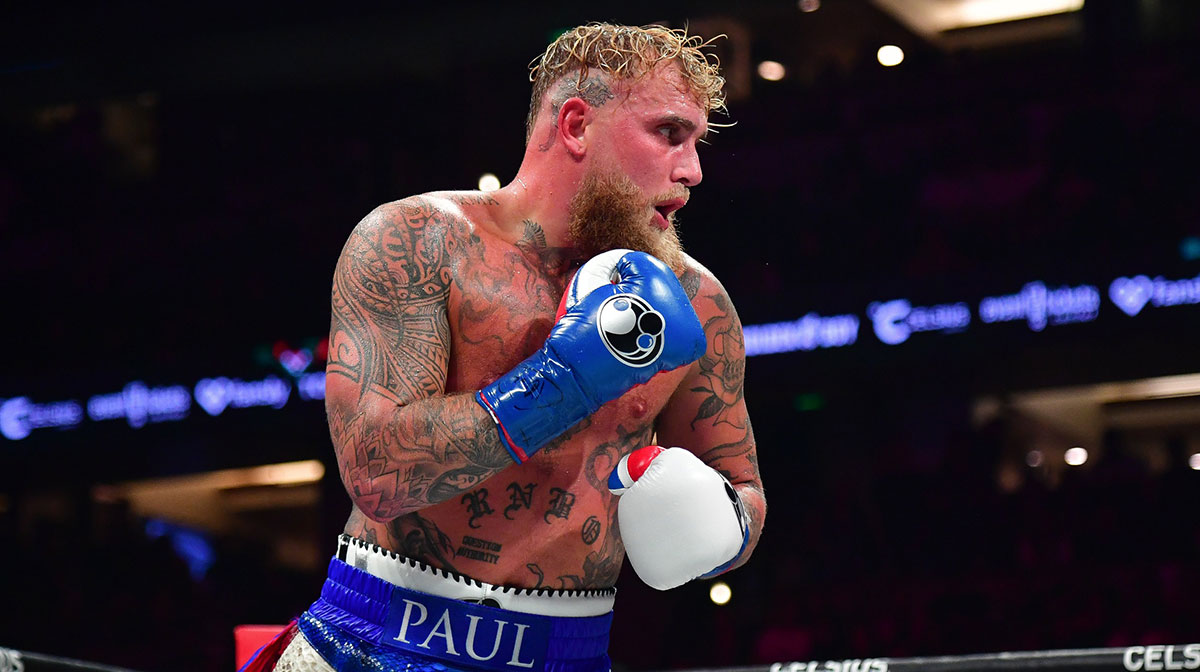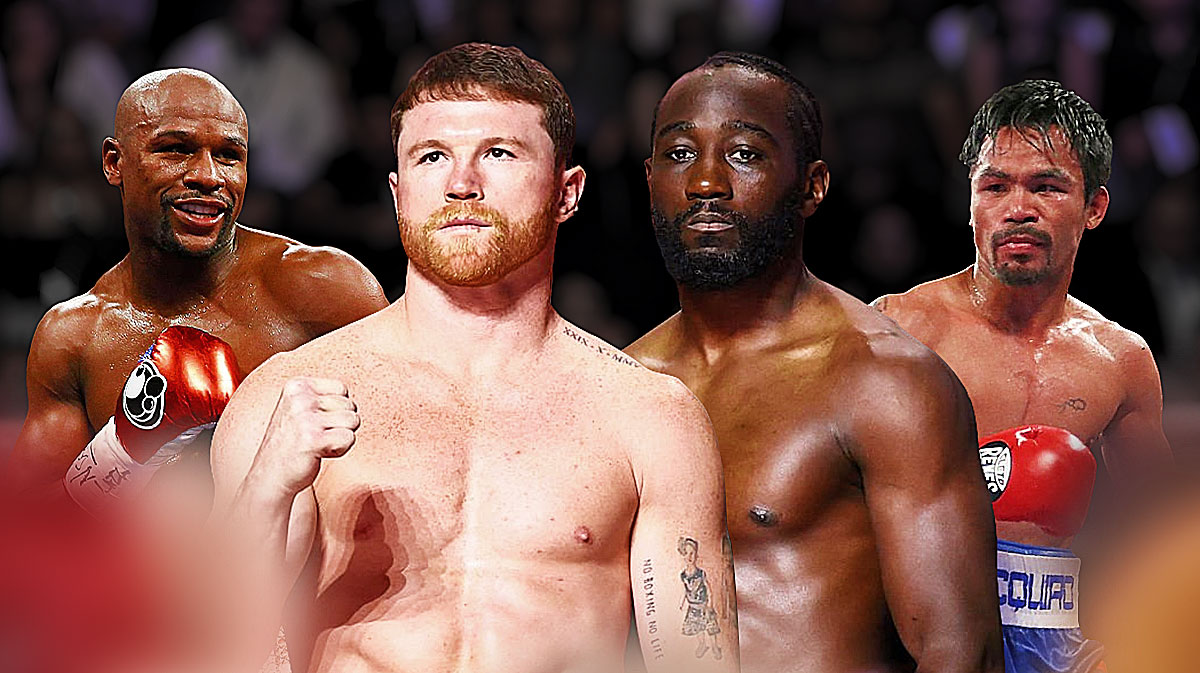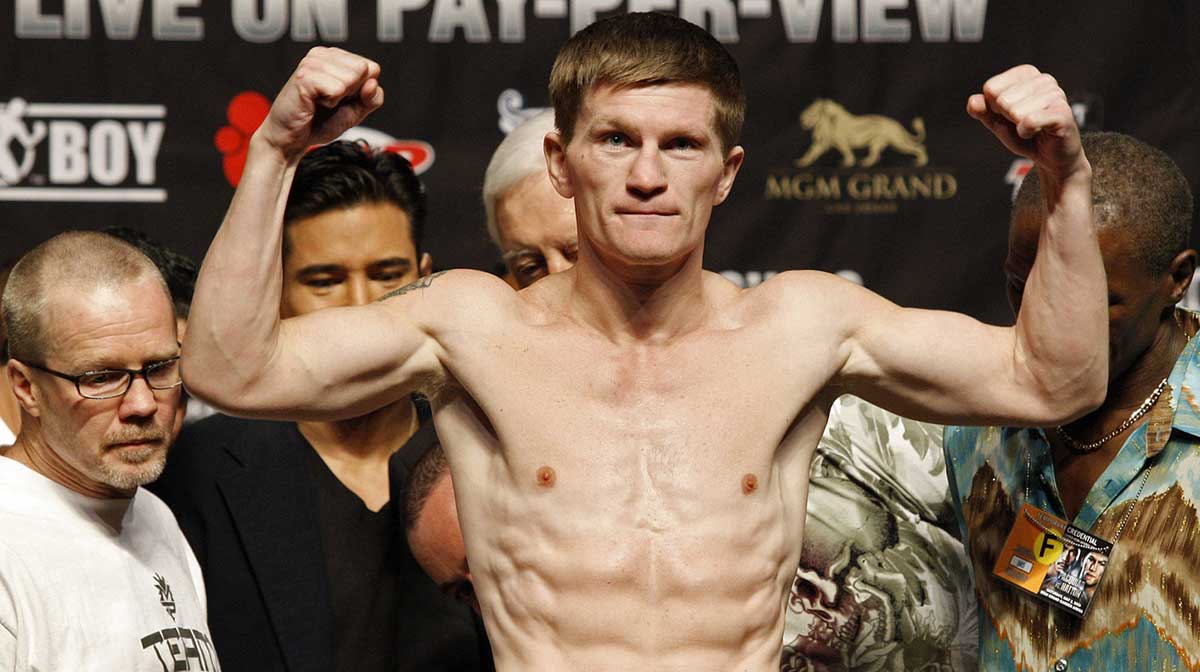In an era where seismic changes come rarely in boxing, today the sport has experienced a generational shift. Turki Alalshikh, the Saudi power broker who has spearheaded boxing’s global renaissance through his stewardship of Riyadh Season, announced the abolishment of the pay-per-view model for all future Riyadh Season and The Ring fight cards, beginning this November.
With his declaration, “The PPV model has damaged boxing; we will no longer support it. We are with the fans,” the landscape of the sweet science is set for a radical transformation few could have predicted even a year ago.
Turki Alalshikh announced he’s eliminating pay-per-view for ALL future events beginning in November 🤯
“The PPV model has damaged boxing, we will no longer support it. We are with the fans.” 🙌 pic.twitter.com/QgRwGFNaLy
— Happy Punch (@HappyPunch) July 16, 2025
The news broke through Alalshikh’s official channels and was soon confirmed by DAZN, the global streaming giant that will broadcast these marquee events under a new model. Starting with “The Ring IV” on November 22 at the ANB Arena in Riyadh, all future Riyadh Season and The Ring promotions will go live for DAZN subscribers at no additional fee. No more $70 super-fights. No more anxiety for fans over fluctuating prices and rapidly inflating costs. Simply world-class boxing, accessible with a single subscription.
Alalshikh met personally with Shay Segev, the DAZN CEO, finalizing a deal that stands as a direct rebuke to decades of established boxing business. “We have big vision to grow boxing and decide: No More Pay-Per-View. Starting with our @ringmagazine show in November, all Riyadh Season & The Ring events will be free to DAZN subscribers. The PPV model has damaged boxing, and we will no longer support it. We are with the fight fans,” Alalshikh posted, a message echoed and amplified across the boxing sphere.
Great meeting with my brother Shay, CEO of DAZN. We have big vision to grow boxing and decide: No More Pay-Per-View. Starting with our @ringmagazine show in November, all Riyadh Season & The Ring events will be free to DAZN subscribers. The PPV model has damaged boxing, and we… pic.twitter.com/txF1VMQaXA
— TURKI ALALSHIKH (@Turki_alalshikh) July 16, 2025
The Long-Running Controversy of PPV
For years, pay-per-view was the oxygen that kept the boxing industry alive, fueling astronomical purses for superstars and lining the pockets of network executives and promoters alike. From Mike Tyson’s domination of the airwaves down to Floyd Mayweather’s blockbuster spectacles, PPV buys were the metric by which boxing’s success, and sometimes its failures, were measured.
Yet, with time, the model grew contentious. Critics argued that ever-rising PPV prices and the steady migration of premier fights off free and cable television walled off the sport from casual fans. Iconic nights that in previous eras were broadcast before millions on network television became the province of only the most committed, or wealthiest, supporters. As prices soared above $50, then $80, and even into triple digits for the historic Mayweather-Pacquiao event, many increasingly questioned whether boxing, the sport of the people, was losing its soul.
The Devin Haney vs Ryan Garcia PPV did under 400k buys 😳 pic.twitter.com/w7yzcbtrAg
— Hassan (@Hassanwellss) June 26, 2024
This friction was not just financial, but existential. PPV limited exposure for new champions and robbed the sport of its once-vibrant mainstream appeal. Generation after generation, the chant grew louder: “Boxing needs to be for everyone again.”
Can Boxing Truly Survive Without PPV?
Skeptics, undoubtedly, will question whether the abolition of PPV can prove economically sustainable. After all, PPV has been the financial engine for the highest-grossing bouts in history. Fights like Mayweather vs. Pacquiao or Tyson vs. Holyfield generated hundreds of millions of dollars, with promoters and broadcasters splitting vast profits on colossal viewership numbers. Those dollars provided the incentive to make super-fights happen, and underwrote the jaw-dropping purses of marquee fighters.
But Alalshikh and DAZN are betting that a changed ecosystem, one driven by broadcast rights, giant global audiences, event sponsorships, and direct governmental support — will do more than just sustain boxing’s boom times; it will elevate them. Their contention is simple: thriving on loyalty and large viewership, not exclusion and exorbitant pricing, is what will truly future-proof boxing.
As of November, Alalshikh’s new model will be fully in effect. Boxing as a global spectator sport, open and available, is returning to its roots. Champions will once more be crowned in front of millions, not just the highest bidders. Whether this becomes the new world standard remains to be seen, and powerful interests in the U.S. and elsewhere may resist change.












